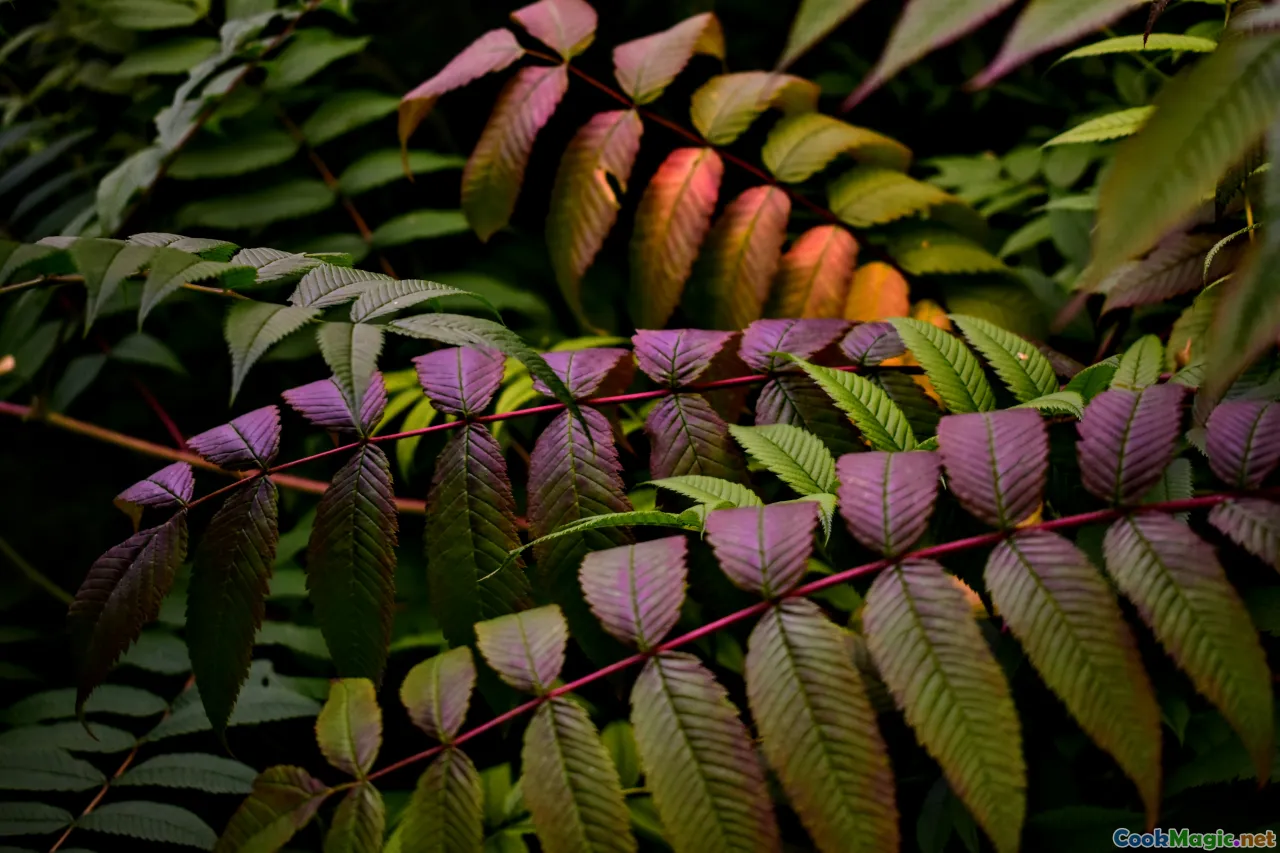Vegetarian Kanak Cuisine Old Traditions New Twists
10 min read Explore how traditional Kanak recipes are reinvented with vegetarian twists, blending heritage and innovation in New Caledonian cuisine. July 12, 2025 21:05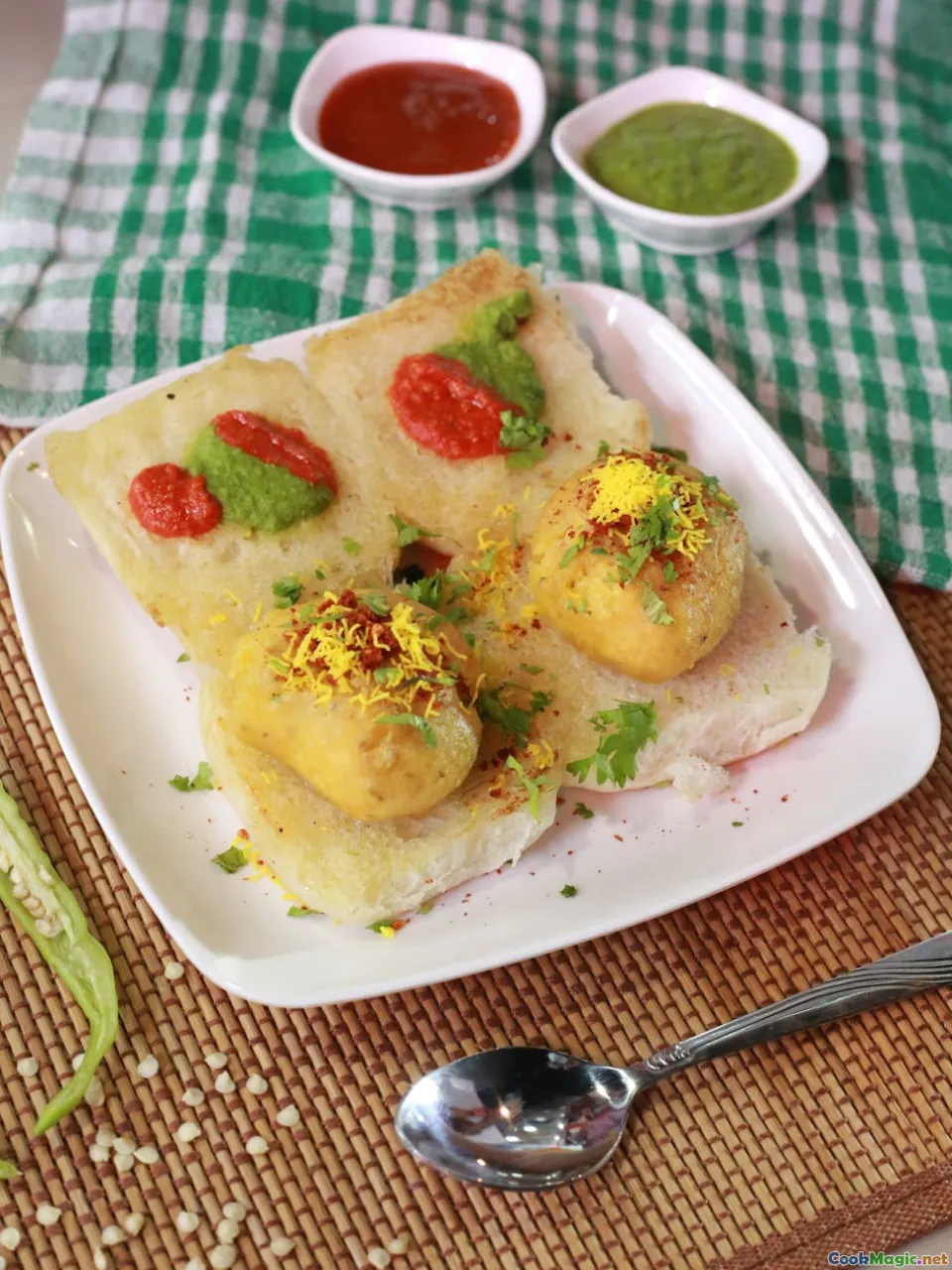
A Taste of Islands: Vegetarian Kanak Cuisine in New Caledonia’s Rich Tapestry
Nestled in the turquoise embrace of the Pacific, New Caledonia is a cultural mosaic where tradition and innovation dance harmoniously on every plate. Among its vibrant culinary traditions lies the almost mystical realm of Kanak cuisine—an age-old expression of identity, community, and harmony with nature. Today, as global food trends lean towards plant-based diets and sustainable eating, Kanak chefs and home cooks alike are breathing new life into their ancestral recipes, reimagining them with vegetarian twists that resonate with modern tastes while honoring their roots.
This article invites you on a sensory journey through the lush mountains and pristine coasts of New Caledonia, exploring how traditional Kanak recipes are evolving into a celebration of vegetarian culinary artistry—where old traditions meet fresh innovations.
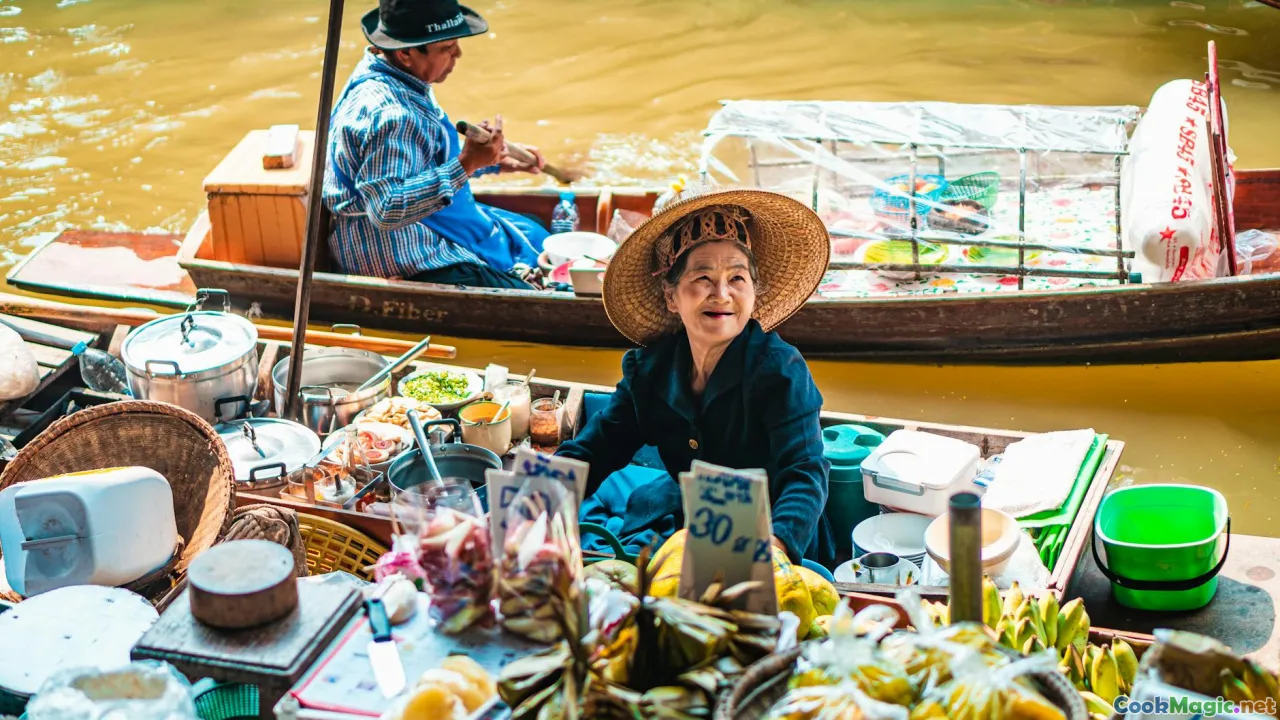
The Heart of Kanak Cuisine: Roots and Roots
Kanak cuisine is more than just food; it’s a living narrative of history, environment, and community. Historically, it revolved around hearty staples such as yam, taro, sweet potato, and breadfruit, complemented by fresh fish, coconuts, and wild greens. The earth, the sea, and the forests provided a bounty that was respected and meticulously prepared.
A core philosophy of Kanak foodways is sustainability—using every part of an ingredient, harmonizing with nature rather than conquering it. This respect for the land and sea is evident in dishes like bougna, a traditional cooking method where meat, seafood, millets, and taro are wrapped in banana leaves and cooked slowly over an open fire—in recent years, vegetarian and vegan variations have emerged, substituting meat with local vegetables and aromatic herbs.

Vegetables as Crown Jewels: Embracing Local Flora
In the shift towards vegetarian Kanak dishes, the star ingredients are now vibrant, indigenous vegetables that have fed generations. Sturdy taro leaves are turned into flavorful wraps, stuffed with a medley of banana blossom, yams, shell ginger, or wild greens like noni leaves or tumé leaves. The rich, earthy flavors of taro root, often roasted or mashed, serve as satisfying base components.
Bright, crunchy vegetables such as bok choy, kimchi-like mountain greens, and zucchini have made their way into the local kitchen, embracing the tropical climate and rich volcanic soil. Flavors are heightened with local herbs such as ngoe (pepper leaf), tumu, and fragrant basil, creating layers of aroma that evoke the lush landscapes.
Cooking Tip:
Use banana leaves or corn husks for wrapping vegetables, imparting a subtle smoky aroma—a technique that links back to traditional methods of earth oven cooking but adapted for contemporary, vegetarian-friendly dishes.

The Artistic Reimagining of Classic Dishes
Transforming ancestral recipes into vegetarian innovations is both a culinary challenge and a tribute. One beloved dish, bougna, has seen creative reinterpretations that showcase seasonal produce and inventive flavor pairings.
For example, a bougna vegan-style might substitute chicken or fish with a medley of sweet potatoes, kohlrabi, and roasted banana blossoms, seasoned with coconut cream, lime, and native spices. This creates a dish that maintains the communal spirit and smokiness of the original but resonates with modern dietary preferences.
Similarly, traditional ragoût-like stews now feature hearty vegetables—such as eggplant, pumpkin, and taro—slow-cooked with local herbs and coconut milk, developing depths of flavor. Served with freshly made cassava bread or taro-based polenta, these stews evoke comfort while celebrating plant-based abundance.
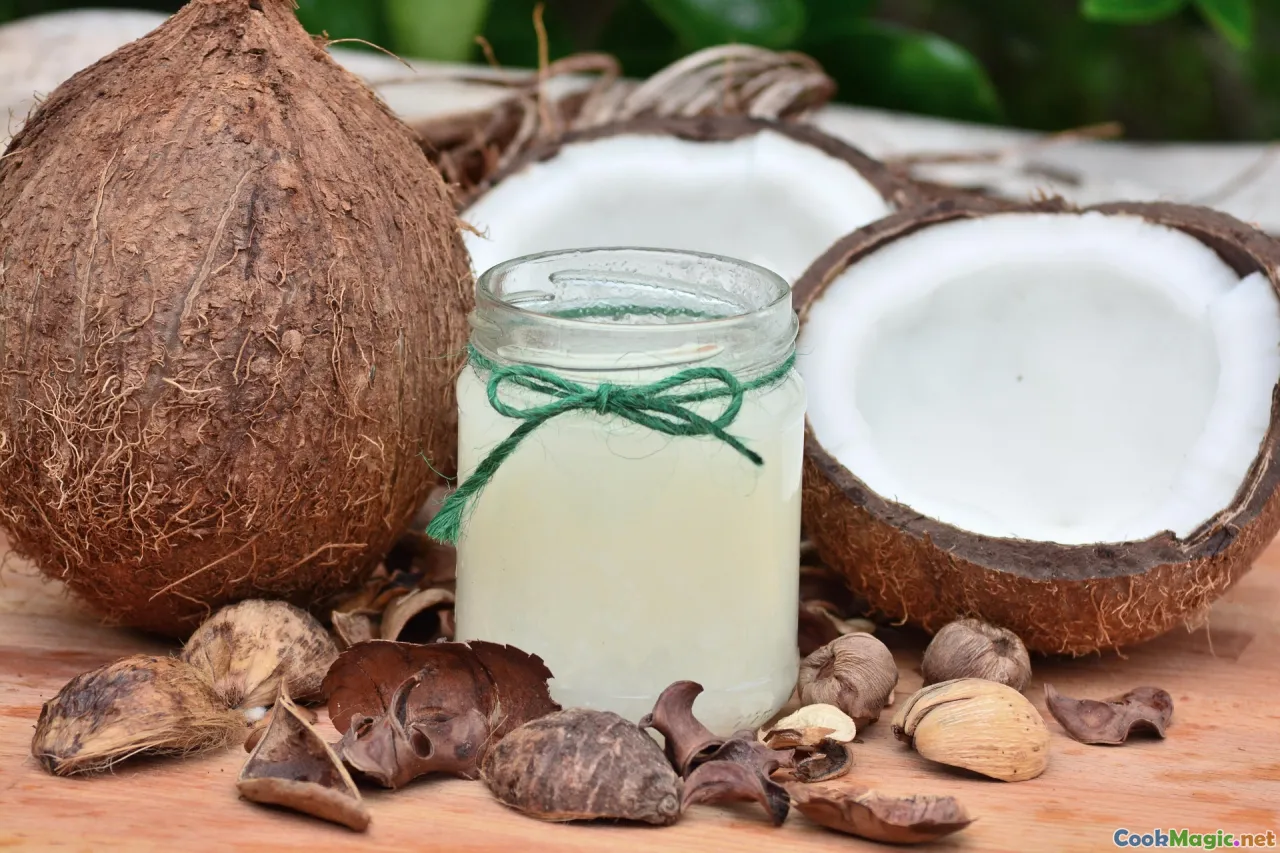
Innovative Chefs and Cultural Exchanges
Contemporary Kanak chefs are becoming ambassadors of this suit of tradition-meets-modernity. Chef Marie-Louise Kelet explained, “Our ancestors used what the land offered. Today, we keep that spirit alive but explore new combinations to inspire younger generations and visitors alike.”
Some chefs incorporate global vegetarian trends—superfoods like kale and quinoa, seasoned with native chutneys and spices—merging local flavors with international culinary aesthetics. Regional culinary festivals now feature vegetarian stations, highlighting the lush bounty of New Caledonia’s tropics.
Personal Insight:
A memorable dish I tried was a roasted plantain salad with roasted cashews, topped with fresh herb chutney—a vibrant explosion of savory, sweet, and aromatic notes that bridges tradition and innovation.
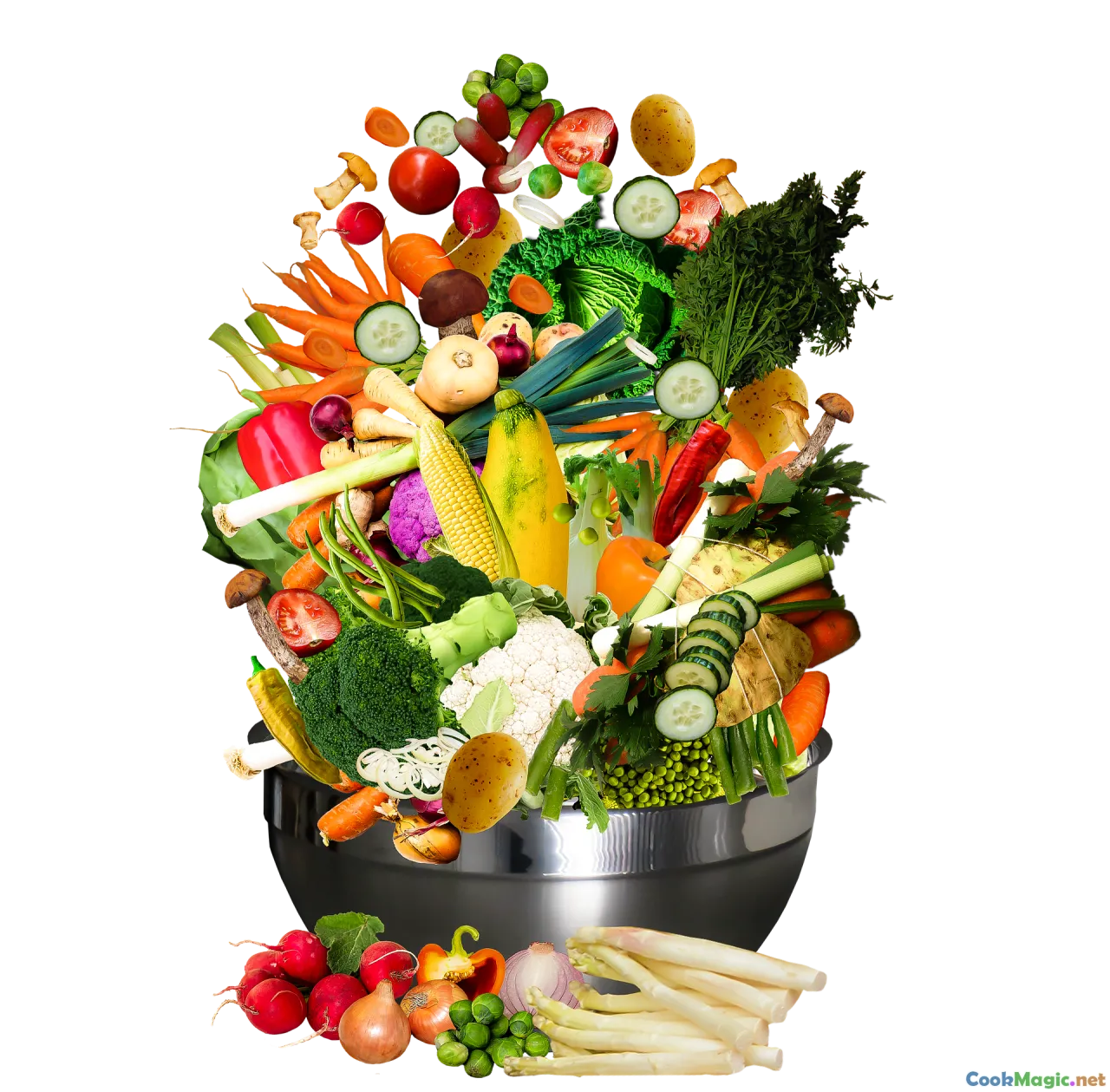
Sourcing Sustainably: The Green Revolution in the Islands
The future of vegetarian Kanak cuisine hinges on sustainable sourcing. Local farmers are increasingly cultivating organic vegetables, herbs, and tropical fruits to supply local markets and restaurants, reducing reliance on imports.
Community gardens and cooperatives flourish, emphasizing permaculture principles that honor the land’s resilience. Younger generations are learning traditional planting methods—using compost, rainwater harvesting, and crop rotation—to keep ancestral lands healthy.
This movement not only redefines the culinary landscape but also fortifies cultural pride and environmental stewardship.
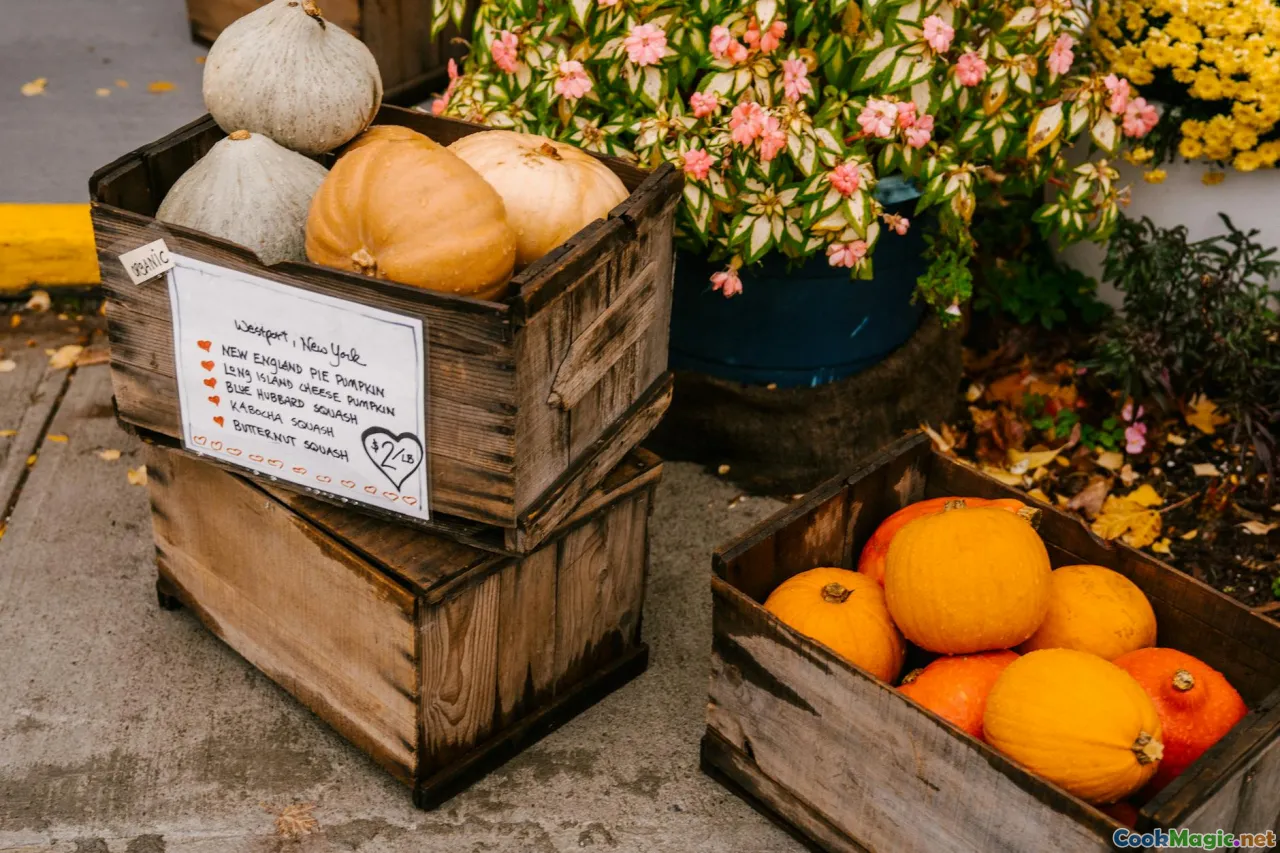
Personal Tips for Creating Your Own Kanak-Inspired Vegetarian Feast
- Start with the Basics: Use locally sourced vegetables such as taro, sweet potato, pumpkin, and wild greens.
- Experiment with Herbs and Spices: Incorporate native herbs like ngoe, tumé, and basil, along with coconut milk and lime for authentic flavors.
- Embrace Traditional Techniques: Try wrapping vegetables in banana leaves or cooking slowly over open flames for a smoky aroma.
- Loosen the Rules: Incorporate ingredients like roasted plantains, coconut chips, or fermented sauces to add depth.
- Celebrate Place: Serve your dishes with homemade cassava bread or taro cakes to evoke the local spirit.

A New Chapter in Kanak Culinary Heritage
The story of Kanak vegetarian cuisine is one of respect—respect for tradition, environment, and community—yet it is also one of evolution. As new ingredients and techniques blend seamlessly with ancestral wisdom, a vibrant tableau of flavors emerges—a culinary dialogue across generations.
It’s a testament to adaptability and creativity, illustrating that old traditions can be dynamic, inclusive,, and forward-looking—resilient even amidst the global shifts towards plant-based diets. In every bite of these reimagined dishes, one tastes not just the fruits of the land but also the enduring spirit of the Kanak people.
In embracing these new twists on age-old traditions, we partake in a culinary journey as expansive and deep as the Pacific itself—where history, innovation, and lush biodiversity converge into flavors that tell stories of a land and its people.
